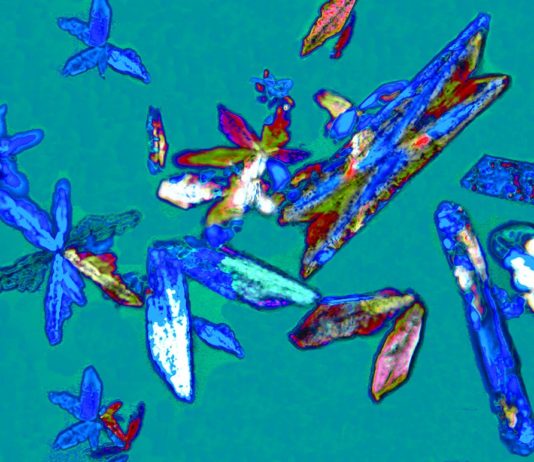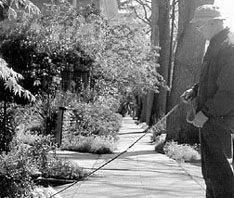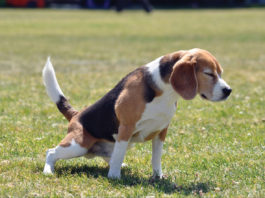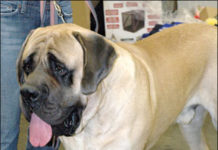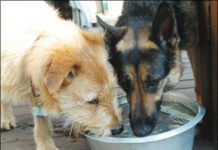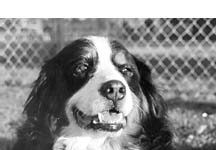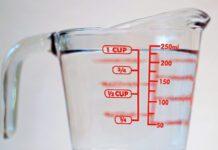Treatment and Prevention of Kidney and Bladder Stones
Canine kidney and bladder stones may be painful and life-threatening, but an informed caregiver can help prevent them. By far the most common uroliths or stones in dogs are struvites and calcium oxalate stones. These two types represent about 80 percent of all canine uroliths. Now we address the remaining stones that can affect our best friends: urate, cystine, calcium phosphate, silica, xanthine, and mixed or compound uroliths.
Dealing With Submissive Urination
Submissive urination is a vexing challenge with some puppies and young dogs. Most grow out of it eventually, but in the meantime, how can you help your pup put a cork in it? In the canine world, when one dog wants to show deference to another, more dominant dog, he may urinate as a sign of submission. The more threatened he feels, the more likely he is to urinate. This is an involuntary reaction, an instinctive behavior that all dogs are born “knowing” how and when to exhibit. In a pack of dogs, this programmed behavior is a valuable survival mechanism. Puppies are extremely vulnerable to the wrath of adult dogs in the pack, and built-in submissive responses signal normal adult dogs to automatically shut off the aggression, thus keeping puppies from being hurt.
Involuntary Urination
When my dog Popcorn woke up one morning many years ago in a puddle of urine, I panicked, certain that only a deadly illness could cause this perfectly housetrained dog to wet her bed. I rushed her to the vet, where he did a thorough physical exam and urinalysis. I can still remember the relief I felt when my vet told me it appeared to be a simple case of incontinence. As it turns out, incontinence, which is defined as involuntary urination, is quite common in dogs, especially spayed females, where about one in five dogs (20 percent) is affected.
Indoor and Patio Litterboxes for Home-Alone Dogs
To most people, the word “house-trained” refers to a dog who has been trained not to urinate or defecate indoors. For my parent’s generation, this bit of training was usually accomplished by Mom, who stayed home while the rest of the family went to work or to school. As double-income families became the norm, the home-alone dog was faced with a serious problem. By the time you add a lunch hour and commute time onto an eight-hour work day, a house dog may have to “hold it” for as long as 10 hours before someone finally comes home to let her out. Her legs are probably tightly crossed for at least the last two.
Preventing Bladder and Kidney Stones in Dogs
Bladder and kidney stones are serious problems in dogs as well as people. These conditions which are also known as uroliths or urinary calculi can be excruciatingly painful as well as potentially fatal. Fortunately, informed caregivers can do much to prevent the formation of stones and in some cases actually help treat stones that develop. Last month, we described struvite stones (see Canine Kidney Stone and Bladder Stone Prevention" Whole Dog Journal April 2010). Struvites contain magnesium
Urinary Tract Infections in Dogs
Urinary tract infections (UTIs) are one of the more common problems seen in small-animal veterinary practice. The definition of a UTI is a colonization of pathological bacteria in the normally sterile environment within the urinary tract. There are many medical conditions that make a dog prone to urinary tract infections, some of which can be prevented. Knowing how to recognize the problem is the first step to getting the proper diagnosis and treatment plan for your dog.
An Update on “Low Uric Acid” Dalmatians
A few months ago, I wrote about the British Kennel Club’s registration of two special Dalmatians over the objections of the breed clubs there (Whole Dog Journal June 2010). These two dogs were the result of a breeding project begun in 1973, in which a single outcross to a Pointer was made in order to reintroduce the normal gene for uric acid back into the Dalmatian bloodline.
Case of the Missing Hormones
Incontinence in spayed females is fairly common. The problem is caused by a lack of estrogen, which, of course, was brought about by the spay surgery. Many people assume that when females are spayed, the veterinarian simply “ties the tubes,” that is, cuts and ties off the fallopian tubes so that the ovum can not travel from the ovaries, down the fallopian tubes, and become fertilized. Actually, the veterinarian removes the ovaries and usually, the uterus, too. The reason for this is that you not only want the female to become incapable of becoming pregnant, but also, you want her not to exhibit symptoms of heat.
Why is my dog peeing blood?
There are several conditions that can cause blood in your dog’s urine. Let’s look at the different causes and how each one is diagnosed and treated.
How long can a dog go without peeing?
Normal healthy dogs can hold their pee for four to eight hours. Puppies and senior dogs need to go more often, and high temperatures can cause the dog to drink more and need to go more often.
Why Is My Female Dog Peeing On My Bed?
Any condition that alters a dog’s ability to completely empty her bladder can cause her to urinate while she sleeps. These conditions include urinary tract infections, bladder stones, tumors of the bladder or urethra, and congenital malformations of the bladder.
Help for Dog Urine Killing Grass
Dog pee killing grass happens because of the high nitrogen content in dog urine. A little nitrogen is great for plants, but a lot . . . not so much.


